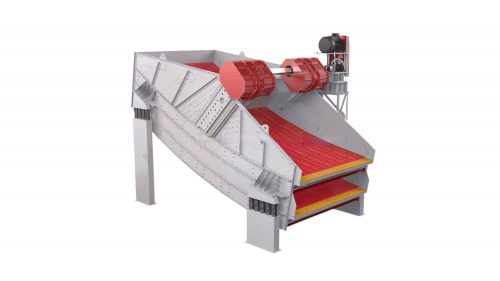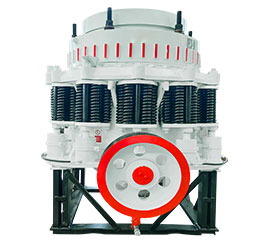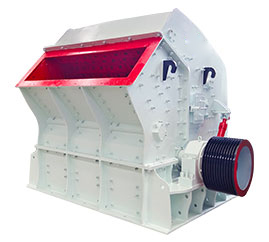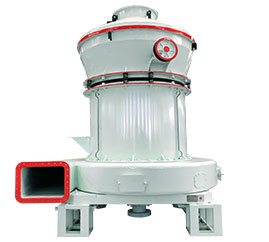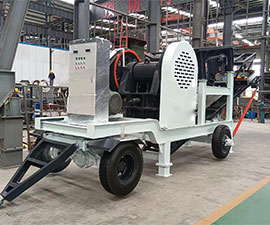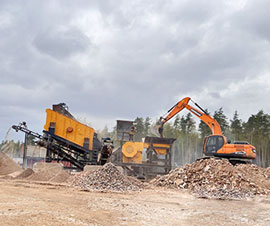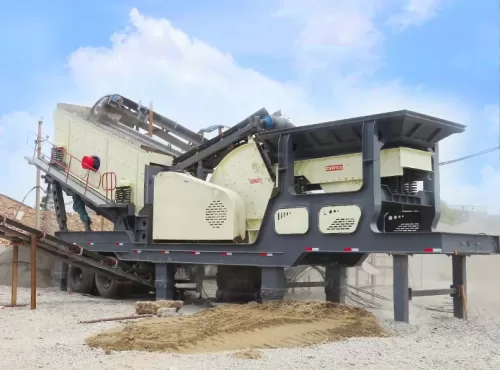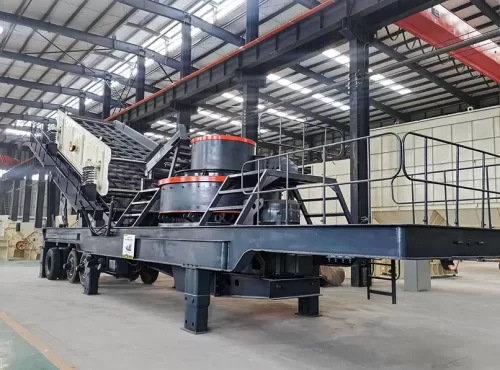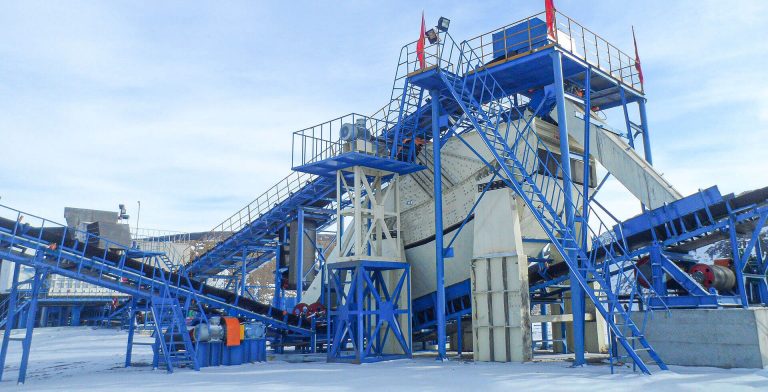Inquiry Now
"We’re proud of the work we do at MGM, solving problems and overcoming challenges for a wide range of clients in a variety of markets. If you’d like to know more about what we do or how we can help you achieve your objectives, contact for more details."
Email: [email protected]
WhatsApp:+86 170 766 13145
Email: [email protected]
WhatsApp:+86 170 766 13145


